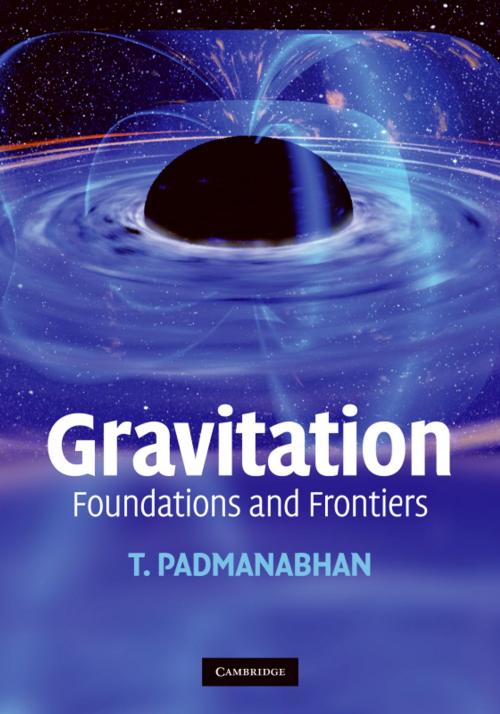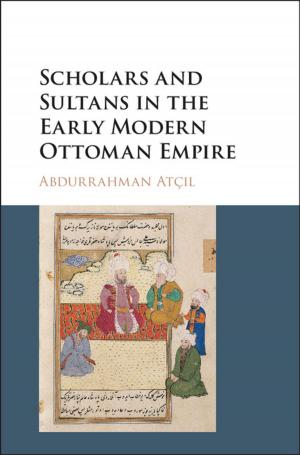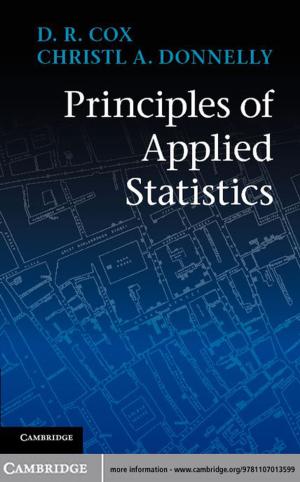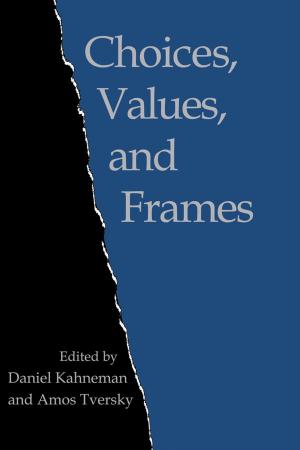Gravitation
Foundations and Frontiers
Nonfiction, Science & Nature, Science, Physics, Cosmology, Astrophysics & Space Science| Author: | T. Padmanabhan | ISBN: | 9781139637664 |
| Publisher: | Cambridge University Press | Publication: | January 28, 2010 |
| Imprint: | Cambridge University Press | Language: | English |
| Author: | T. Padmanabhan |
| ISBN: | 9781139637664 |
| Publisher: | Cambridge University Press |
| Publication: | January 28, 2010 |
| Imprint: | Cambridge University Press |
| Language: | English |
Covering all aspects of gravitation in a contemporary style, this advanced textbook is ideal for graduate students and researchers in all areas of theoretical physics. The 'Foundation' section develops the formalism in six chapters, and uses it in the next four chapters to discuss four key applications - spherical spacetimes, black holes, gravitational waves and cosmology. The six chapters in the 'Frontier' section describe cosmological perturbation theory, quantum fields in curved spacetime, and the Hamiltonian structure of general relativity, among several other advanced topics, some of which are covered in-depth for the first time in a textbook. The modular structure of the book allows different sections to be combined to suit a variety of courses. Over 200 exercises are included to test and develop the reader's understanding. There are also over 30 projects, which help readers make the transition from the book to their own original research.
Covering all aspects of gravitation in a contemporary style, this advanced textbook is ideal for graduate students and researchers in all areas of theoretical physics. The 'Foundation' section develops the formalism in six chapters, and uses it in the next four chapters to discuss four key applications - spherical spacetimes, black holes, gravitational waves and cosmology. The six chapters in the 'Frontier' section describe cosmological perturbation theory, quantum fields in curved spacetime, and the Hamiltonian structure of general relativity, among several other advanced topics, some of which are covered in-depth for the first time in a textbook. The modular structure of the book allows different sections to be combined to suit a variety of courses. Over 200 exercises are included to test and develop the reader's understanding. There are also over 30 projects, which help readers make the transition from the book to their own original research.















